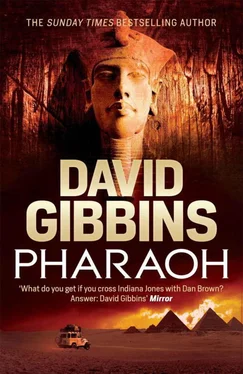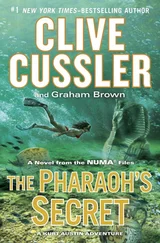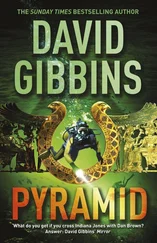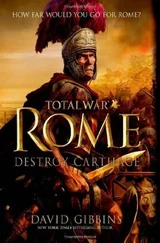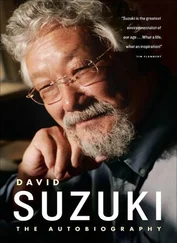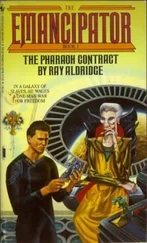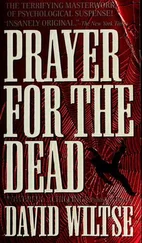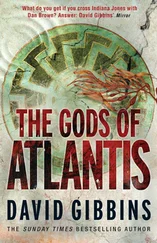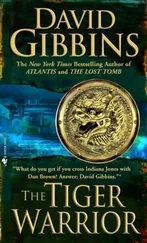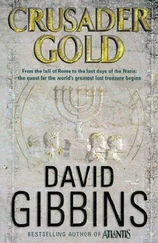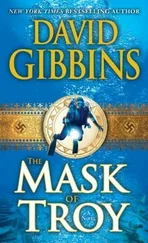Behold now Behemoth, which I made with thee.
He moveth his tail like a cedar; the sinews of his thighs are knit together.
He is chief of the ways of God.
Who can open the doors of his face?
Round about his teeth is terror.
His strong scales are his pride, shut up together as with a close seal.
His neesings flash forth light, and his eyes are like the eyelids of the morning;
Out of his mouth go burning torches, and sparks of fire leap forth.
In his neck abideth strength, and terror danceth before him.
When he raiseth himself up, the mighty are afraid;
He maketh the deep to boil like a pot.
On the Leviathan, Job 41
Now MARK THIS, if the Expeditionary Force, and I ask for no more than two hundred men, does not come in ten days, the town may fall; and I have done my best for the honour of our country. Good bye.
Final journal entry of Major General Charles Gordon at Khartoum, 14 December 1884
For this shall everyone that is godly pray unto thee in a time that thou shalt be found;
In the flood of many waters they shall not come nigh unto him.
Psalms 32:6
I am most grateful to my agent, Luigi Bonomi, and to my editors, Sherise Hobbs in London and Tracy Devine in New York; to my previous editors, Martin Fletcher and Caitlin Alexander; to Jane Selley for her excellent copyediting of this and my earlier novels; to Lucy Foley for her work in getting this book into production; to the rest of the team at Headline, including Katie Day, Darragh Deering, Marion Donaldson, Frances Doyle, Jo Liddiard, Jane Morpeth, Tom Noble, Barbara Roman and Ben Willis, and to the Hachette representatives internationally; to Alison Bonomi, Amanda Preston and Ajda Vucicevic at Luigi Bonomi Associates, and to Nicky Kennedy, Sam Edenborough, Mary Esdaile, Julia Mannfolk, Jenny Robson and Katherine West at the Intercontinental Literary Agency; and to Gaia Banks and Virginia Ascione at Sheil Land Associates.
I am grateful to my mother Ann Verrinder Gibbins for her critical reading of all my work, to my brother Alan for diving with me and for his photography and video work for my website www.davidgibbins.com, and to Angie Hobbs for her support. Much of the inspiration for this novel came during periods of travel and exploration funded in part by grants from the Palestine Exploration Fund, the British School of Archaeology in Jerusalem and the Winston Churchill Memorial Trust. For unpublished material and help during research, I am grateful to the staff of the British Museum, the Ashmolean Museum, the Oriental Collections of the British Library, the National Army Museum and the Royal Engineers Museum and Library at Chatham in Kent; I am also grateful to John Denner, Fred Van Sickle and Paul Clare for assisting in my ‘experimental archaeology’ with Martini-Henry and Remington rifles of 1884–5 vintage; and to Peter Nield of Warwick School for his help with books onthe Sudan of the 19th century.
This novel is dedicated to my daughter Molly, with much love.
Historical characters, 1884–5
Buller, Major-General Sir RedversBrigade commander in the Gordon Relief Expedition, a veteran of many campaigns who won the Victoria Cross in the 1879 Zulu War in South Africa
Burnaby, Colonel FrederickCavalry officer and adventurer killed at the Battle of Abu Klea in January 1885
Chaillé-Long, CharlesAmerican Civil War veteran and adventurer who was commissioned into the Egyptian Army in the 1870s and served under Gordon in the Sudan
Earle, Major-General WilliamCommander of the River Column in the Gordon Relief Expedition, killed at the Battle of Kirkeban in February 1885
Gladstone, William EwertBritish Prime Minister at the time of the Gordon Relief Expedition
Gordon, Major-General Charles, Royal EngineersGovernor-General of the Sudan, popularly known as ‘Chinese’ Gordon for his exploits in putting down the Taiping Rebellion in 1860–4
Kitchener, Major Herbert, Royal EngineersIntelligence officer with the Gordon Relief expedition who became Sirdar of the Egyptian army, Commander-in-Chief in India and in 1914 British Secretary of State for War
Mahdi, theMuhammad Ahmad, a former boatbuilder and Sufi who became leader of the Islamist forces in the Sudan in the early 1880s, dying of illness or poison in June 1885
Riel, LouisRebel Métis (mixed French/Indian) leader in western Canada who was the object of Wolseley’s Red River expedition in 1870, and was eventually caught and hanged in November 1885
Schliemann, HeinrichGerman-born archaeologist who rediscovered Troy and Mycenae, and also explored in Egypt and the Sudan
Stewart, Major-General Sir HerbertCommander of the Desert Column in the Gordon Relief Expedition, mortally wounded at the Battle of Abu Kru in January 1885
Stewart, Lieutenant-Colonel JohnGordon’s deputy in Khartoum who was murdered while accompanying the steamer Abbas downriver in September 1884
Von Slatin, Rudolf CarlAustrian-born provincial governor in Sudan under Gordon who converted to Islam, spent eleven years as a captive of the Mahdists and was later Inspector-General of the Sudan, knighted and made an honorary Major-General by the British
Wilson, Lieutenant-Colonel Sir Charles, Royal EngineersFounder of the Intelligence Department in the War Office who was intelligence chief in the Gordon Relief Expedition and commanded the Desert Column after Major-General Stewart’s death
Wolseley, General Sir GarnetCommander of the Gordon Relief Expedition, a veteran of the Crimean War, the Indian Mutiny, the Red River expedition in Canada, the Ashanti War and the Zulu War, and head of the so-called ‘Ashanti Ring’ of officers he kept with him through successive campaigns
The desert of Nubia, in the second year of the reign of the pharaoh Amenhotep IV, in the eighteenth dynasty of the New Kingdom, 1351 BC
The man carrying the staff of a high priest and the ankh symbol of a pharaoh stood at the entrance to the temple, watching the shaft of light from the setting sun rise up the body of the statue that loomed out of the far wall. Ahead in the gloom the others stood aside to let him pass forward, sprinkling incense and mouthing incantations as they did so. They were all present, the priests of this cult and also the priests of the god Amun from Thebes: those who had grown fat on the wealth that was rightfully his, and had doubted his allegiance to the gods. They had come here, a thousand miles to the south of the pyramids, to the edge of the known world, believing that he had chosen this place to prostrate himself before them, to recant his heresy and purify himself before the gods, to arise once again with the trappings of priesthood that had weighed down his father and generations of pharaohs before that. He passed them now, men with shaven heads and pious expressions who wore the gold-hemmed robes and upturned sandals that showed wealth, and he felt nothing but contempt. Soon they would know the truth.
Читать дальше
